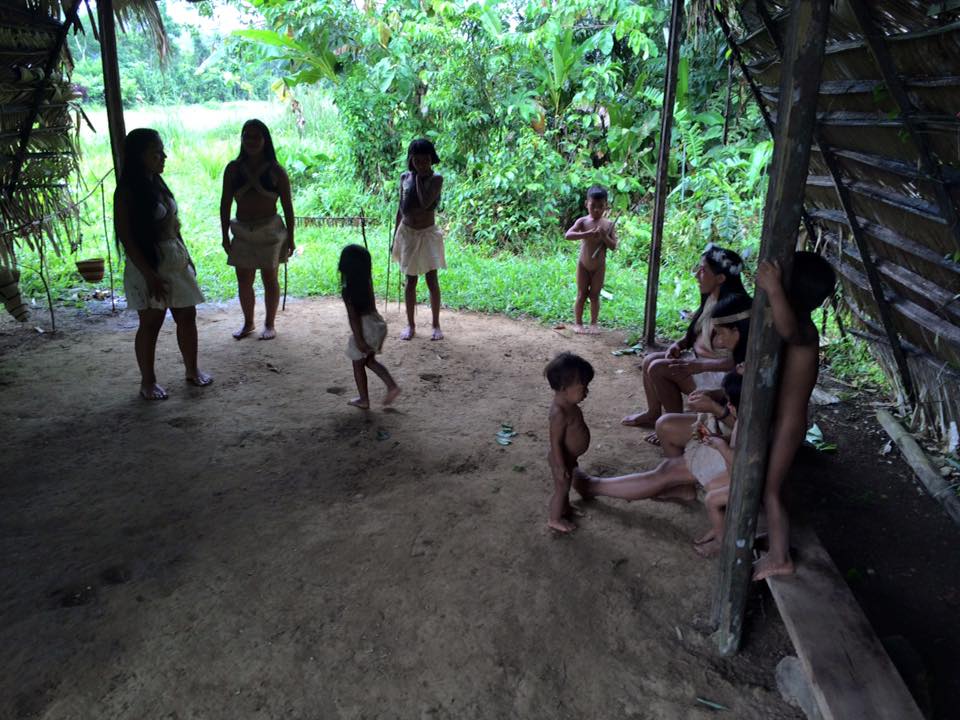When I tell people about meditation and the numerous benefits it has brought me, I am often met with a skeptical eye. Aren’t you this big science junky? How could you believe in something like meditation, isn’t that kind of spiritual or new-age? Or a I’m glad it works for you , but it’s just a placebo effect.
Meditation is legit. The science behind it is at this point incontrovertible. People have been hooking up monks and novice meditators alike to brain scanning machines for a few decades now and the science is unequivocal. Meditation, done correctly, is very good for you.
But what is meditation?
Meditation is actually a fairly loaded word, with different meanings in different contexts. What I am talking about here in this post is meditation as it is taught in the traditional Buddhist system.
Meditation is exercise for you brain. In the same way that you can workout your thighs by doing squats you can re-arrange the neurons in your brain to view the world differently.
There are three basic types of meditation. Concentration, metta, and insight. All three types of meditation have different goals, but at the same time the practice of one reinforces the others. It is recommended that you do all three, however you begin with concentration.
In concentration meditation, also called one-pointedness or shamatha, the goal is fix your attention on a particular object and keep it there. The most common object to do this with is your own breath. Your breath is always there with you, wherever you go. So it’s the perfect object to use, although others will use things like a candle flame, or a spot on the wall, but really it doesn’t matter too much what object you use. Inevitably, as you keep your focus on your breath other thoughts will come up. Thoughts about your day, thoughts about other people, conversations you had or will have. Your mind is very busy. But when those thoughts come up the instructions for concentration meditation are to just let those thoughts go and return to the inhalations and exhalations of your breath.
What’s in it for you?
Have you ever lay awake at night with thousands of thoughts zipping through your head like a tornado? Well you may not realize it, but to a certain extent that is what is going through your mind most of the time. Concentration meditation helps to curb this endless proliferation of thoughts. For the lay practitioner who meditates 20-30 minutes a day a noticeably calming effect will take place during and immediately after your meditation session that will last a few hours. After a few weeks or even months you will begin to notice this sense of calm creep into your being throughout the day. You will be more present and aware of the things you do in your daily life.
When you are doing concentration meditation you can mark your progress in terms of how often and with what intensity your attention remains on your object of meditation. In classic Buddhist literature there are 10 progressive stages of concentration meditation. In the first couple of stages it is unlikely that your full attention will be on your breath. In all likelihood other thoughts, sensations and feelings will be present in the background. You will also drift off into other thoughts frequently. The more you practice, the better you will get. Eventually, during your sit your breath will become the main focus of your attention, as other thoughts begin to fade away. After a few thousand hours of practice you may reach stage 10, which is called shamatha. At this stage you will have effortless, focused attention on any object you desire for the duration of your sit.
Meditation teacher Upasaka Culadasa describes the 10th stage as follows:
This final stage is, of course, the last great milestone achievement of this process. It possesses the same characteristics of mental and physical pliancy as the preceding stages, combined with an almost imperturbable peacefulness and calm, joy and happiness, and profound equanimity.
At first these qualities begin to fade each time not long after arising from the sitting practice. But as practice continues, they persist for longer and longer periods after each meditation session ends, until before too long they become the normal condition for the meditator. The experience of strong desire is noticeably attenuated. Negative mental reactions to events rarely occur, and anger and ill-will virtually disappear. Others will observe this meditator to be generally happy and easily pleased, easygoing and very agreeable, non-competitive and uninterested in conflict, and perhaps even somewhat passive. He or she will be relatively immune to disturbing events, and will not even be particularly bothered by physical pain.
Posture
You don’t have to assume the full lotus position order to meditate. In fact, there are only two rules that you should keep in mind when finding a posture to meditation 1) Keep your spine straight. There is a physiological reason for this. With a straight spine your are more attentive. With slumped shoulders your bodies falls into a slight stupor. 2) Assume a position that will be comfortable for you to remain still in for the duration of your meditation session. You don’t want body parts to start hurting or start going numb, or be shuffling around all the time. You want to keep your full attention on the breath. If you want to sit in a chair, you can sit in a chair. That is perfectly fine. Personally I like to lie on the floor and put my feet up on a chair. Or you can lie on the floor in a dead man’s pose. It’s up to you.
What to do with your mind.
As your breath goes in and out just keep your attention on your breath, watch the movement of the belly go in and go out. Note when it reaches it’s apex of the inhalation, the short time when your breath is full and that brief pause after exhalation when you no longer have any air in your body.
Don’t pull your breath. This is trickier than it seems. Don’t force yourself to breath slow, or more deeply so that the physical sensations become more palpable. Just let your breath be. Just watch it.
Inevitably, your mind will wander from your breath. And if you are just a beginner, this will happen very quickly. You will start thinking thoughts about your day, things you still have planned to do, a conversation you just had with someone or thoughts about your meditation. “Am I doing it right?” “I think I’m doing ok” “Just focus on the breath”. Whenever you catch yourself caught up in thoughts, just gently return to the breath. Don’t be frustrated that you were thinking. That will make it worse, just relax and go back to the inhalations and exhalations of your breath.










